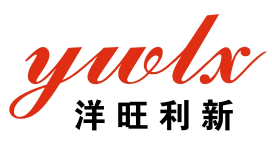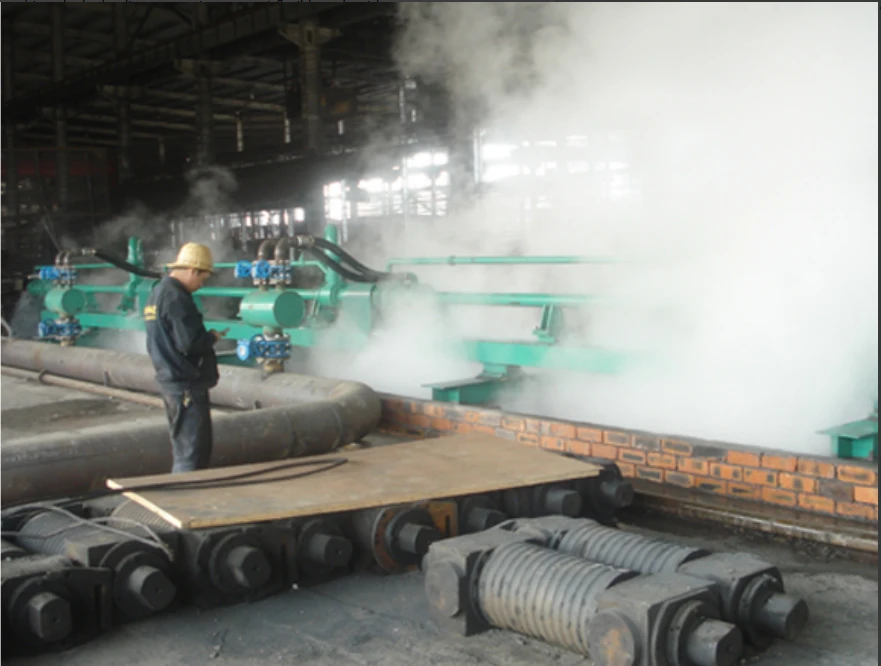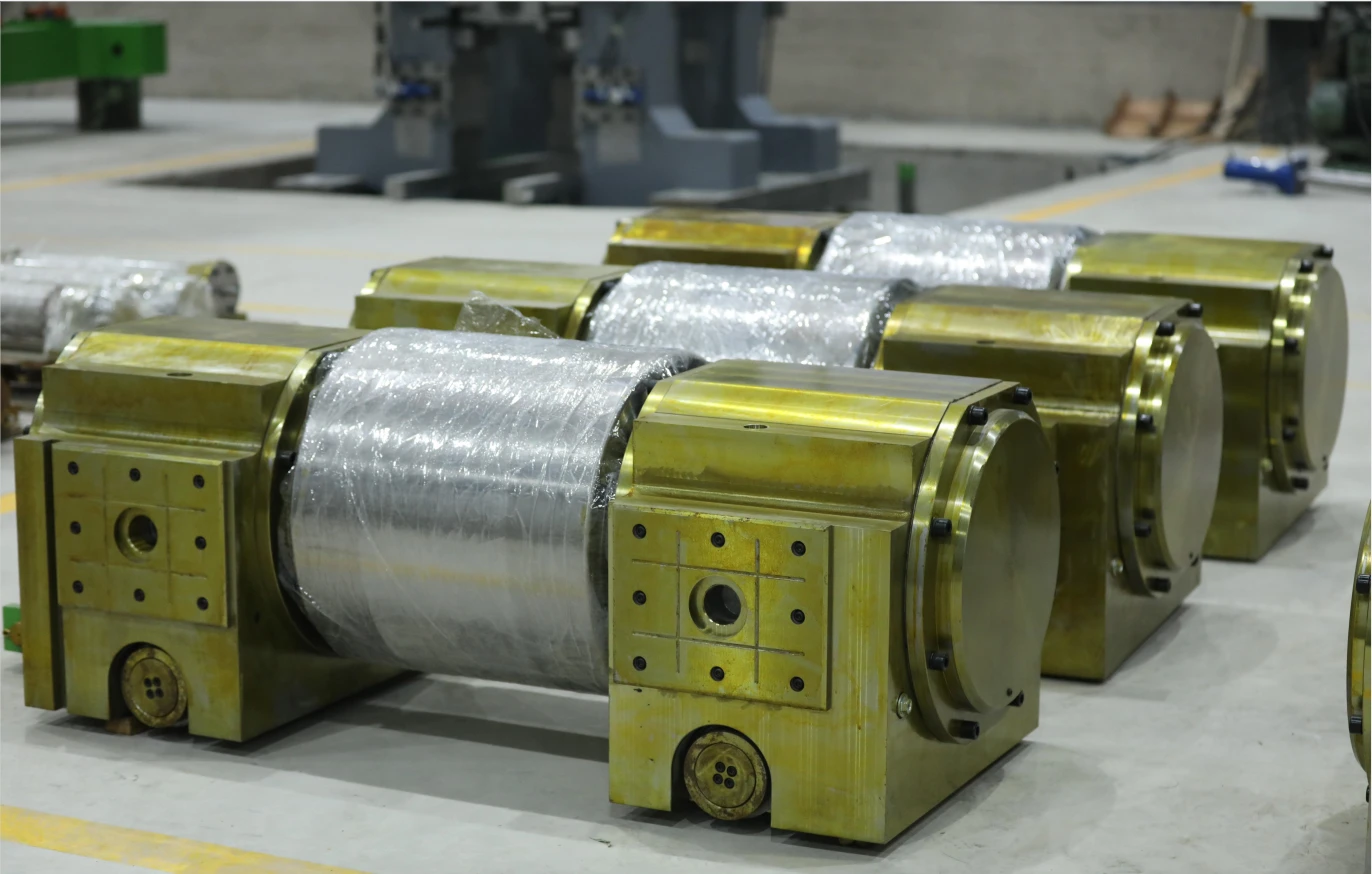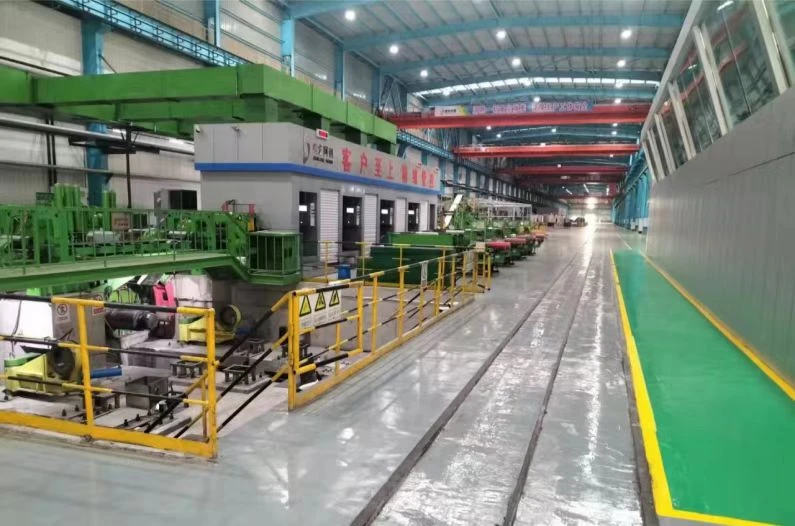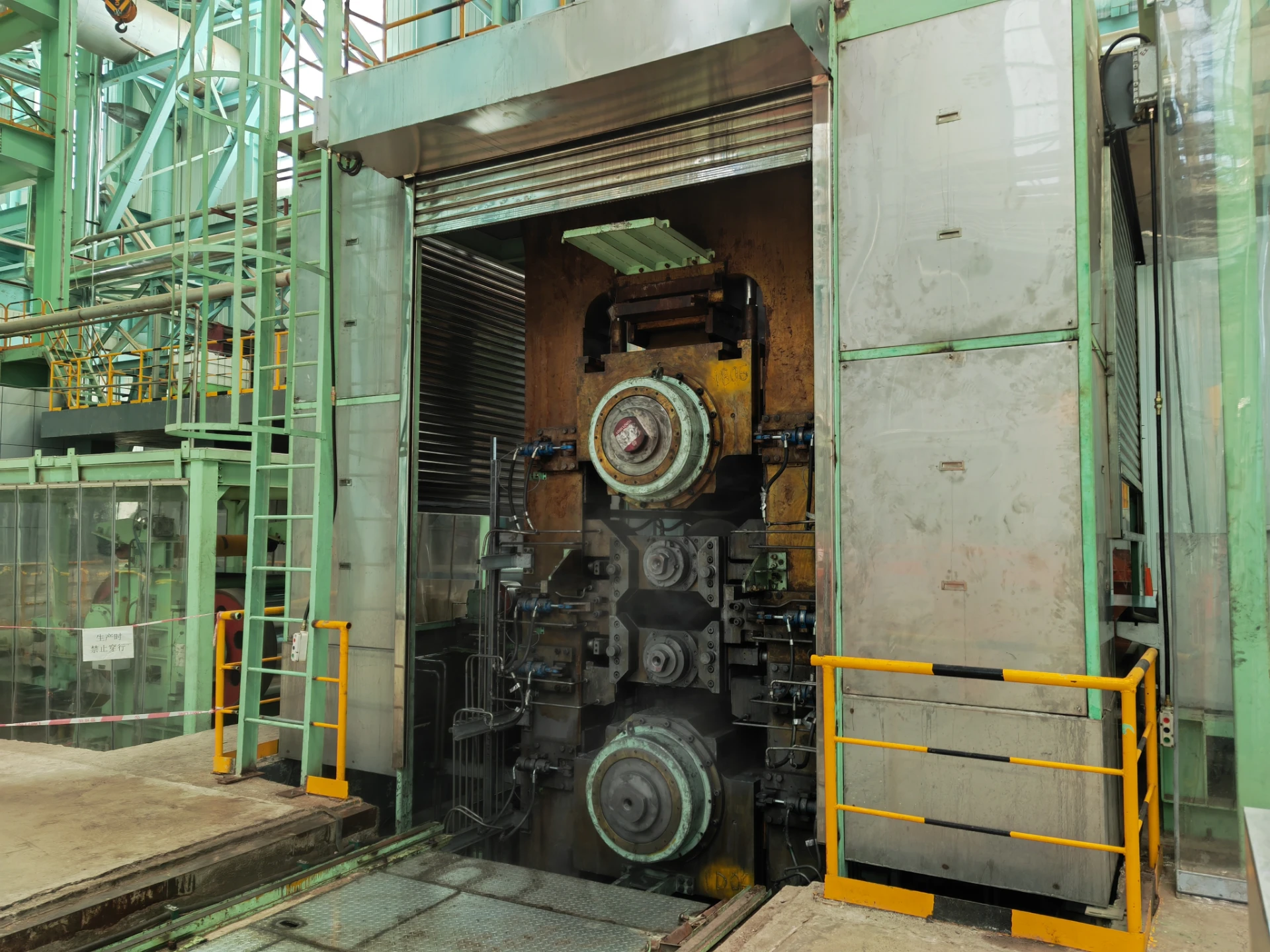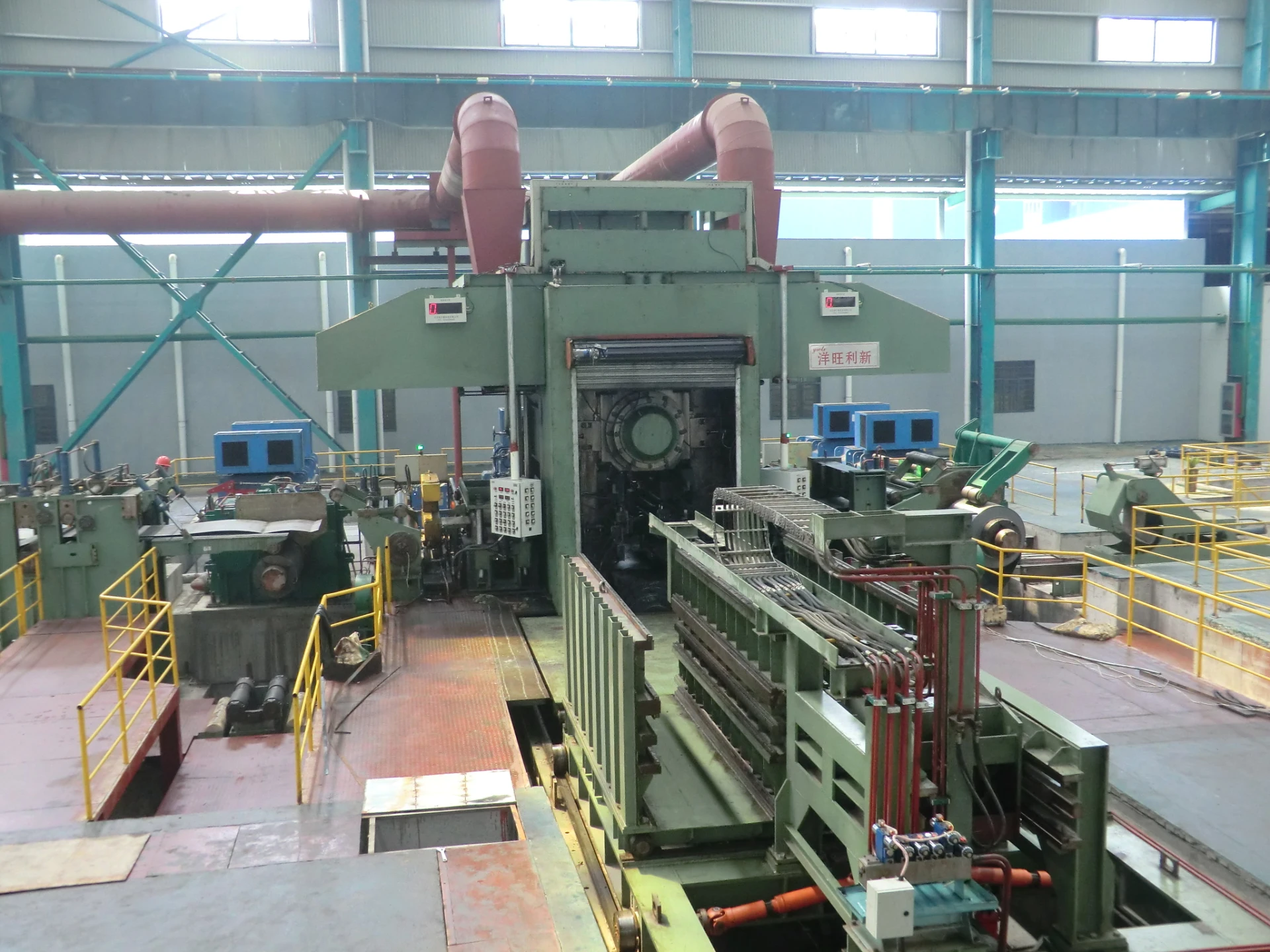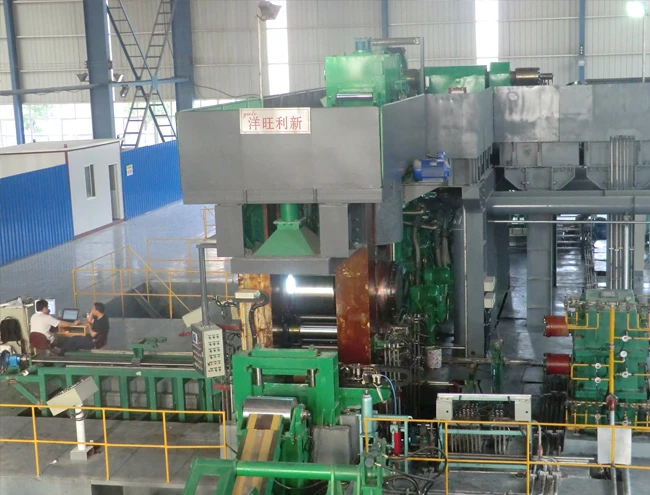
High-Efficiency Reversible Rolling Mill for Hot Strip & Cold Rolling

Industry Trends: The Rise of Reversible Rolling Mill & Smart Mill Technology
Hot strip steel mills, cold rolling mills, and especially reversible rolling mill systems are pivotal in shaping the global flat steel output, which reached 1.74 billion tonnes in 2023 (World Steel Association). With surging demands for precision-grade steels in automotive, energy, and construction sectors, the adoption rate of smart, reversible rolling mills with digital control and AI-driven monitoring is accelerating.
According to ISSF (International Stainless Steel Forum), the average annual global market growth for cold rolled products is expected to reach 4.1% CAGR (2024–2028).
Industry Demand by Segment (2023–2029, Million Metric Tons)
Technological Evolution
- Transition from conventional manual-control to CNC-based and automated precision rolling lines
- Enhanced product accuracies: Strip thickness tolerance down to ±0.01mm
- Advanced energy-saving motors and closed-loop lubrication, reducing consumption by up to 18%
- Integration of AI/IIoT for real-time diagnostics and predictive maintenance
Technology Deep Dive: Reversible Rolling Mill vs. Hot Strip & Cold Rolling Mills
| Parameter | Reversible Rolling Mill | Hot Strip Steel Mill | Cold Rolling Mill |
|---|---|---|---|
| Max Rolling Force (kN) | 9000–12,000 | 10,000–20,000 | 3500–8000 |
| Strip Thickness (mm) | 1.0–12.0 | 2.0–25.0 | 0.12–3.0 |
| Material Width (mm) | 600–2200 | 800–2200 | 400–1800 |
| Rolling Speed (m/min) | 200–900 | 800–1350 | 250–1200 |
| Material Types | Carbon/Stainless steel, Al, Cu alloys | Carbon/Stainless, HSLA, Silicon steel | Carbon/Stainless, High-grade strip steel |
| Typical Applications | Medium-lot production, specialty steel, test rolling, flexible production | Mass production, automotive, shipbuilding, pipelines | Precision foil, appliances, automotive, can stock |
| Automation Level | High (PLC/CNC/SCADA) | Very High (MES/Automation) | High (CNC/Closed-loop) |
| Energy Use (kWh/t steel) | 31–44 | 46–63 | 25–38 |
| Setup/Changeover (min) | 12–18 | 20–30 | 10–13 |
| Lifetime (Years) | 15–25 | 20–30 | 13–20 |
Visualization: Reversible Rolling Mill Key Parameters Trend
Manufacturing Process of Reversible Rolling Mill (Process Flow Diagram & Step Explanation)
- Raw Material Selection: High-grade billets, slabs, or coiled steel.
- Heating: Furnace/induction heating to optimal forming temperatures.
- Reversible Rolling: Multi-pass forwards & backwards for thickness precision.
- Cooling: Laminar/accelerated cooling for microstructure control.
- Finishing: Edge trimming, straightening, coiling.
- Quality Control: Surface, composition, dimension, and mechanical testing (ISO 9001; EN 10204).
Material Properties, Manufacturing & Quality Standards
- Materials: Advanced carbon steel, stainless, duplex steel, aluminum alloys, and copper alloys
- Steel Grades: Q235, Q345, S235JR, SS400, ASTM A36/A572, 304/316L, EN 10025
- Manufacturing: Casting, forging, precision CNC machining, heat treatment, shot blasting
- Surface Treatments: Quenching, tempering, automated grinding, anti-corrosion coatings
- Standards: ISO 9001, ISO 14001, ANSI, DIN, EN, CE, SGS
- Inspection: UT, eddy current, tensile, hardness, impact, surface roughness (Ra ≤ 0.6μm)
- Service Life: Up to 20+ years with proper maintenance
Hot/Cold Rolling Production Line: Core Technical Specifications
| Model | Roll Diameter (mm) | Max Strip Width (mm) | Rolling Force (kN) | Line Speed (m/min) | Automation | Typical Applications |
|---|---|---|---|---|---|---|
| RW650 | 450–650 | 820 | 4,500 | 300 | PLC | Lab, prototypes |
| RW1200 | 750–950 | 1250 | 7,800 | 650 | CNC, SCADA | Specialty sheet, thin plate |
| RW1600 | 900–1250 | 1600 | 11,000 | 860 | CNC + MES | Automotive, ship plate |
Multidimensional Comparison: Hot/Cold Rolling Production Line vs. Traditional Systems
Supplier & Manufacturer Benchmarking (2024)
| Supplier | Country | Brand | Main Product | Certifications | Key Clients (Selection) |
|---|---|---|---|---|---|
| Beijing YWLX Technology | China | YWLX | Hot/Cold Rolling Production Line | ISO 9001, CE | BAOSTEEL, PetroChina |
| Primetals Technologies | Austria/Japan | Primetals | Continuous/reversible mills | ISO 9001, TÜV | POSCO, TATA Steel |
| Danieli | Italy | Danieli | Long/Flat rolling lines | ISO, ANSI | HYUNDAI, JSW Steel |
| SMS Group | Germany | SMS | Cold/hot strip mills | DIN, ISO, CE | Nucor, ArcelorMittal |
| Mitsubishi-Hitachi Metals | Japan | MHI | Rolling & finishing lines | JIS, ISO 14001 | Nippon Steel |
Customization: Tailored Solutions for Max Efficiency
- Line Layout: Customizable for compact, modular, or full-scale mill arrangement
- Mill Stands: Adaptable (two-high, four-high, six-high or cluster configurations for precision materials)
- Digitalization: Fully integrated IoT/SCADA/ERP data exchange
- Surface Finish: Polished, ground, shot-blasted to Ra 0.2–1.2μm
- Process Integration: Direct integration with pickling, annealing, leveling, or tension leveller units
- Control System: SIEMENS, ABB, Schneider PLC available as option
Case Studies: Technical Advantage in Application
Case 1 – Automotive Sheet: After upgrading to Hot/Cold Rolling Production Line in 2023, a top supplier in Tianjin improved output by 16%, cut roll changeover from 23min to 14min, and maintained strip flatness at ≤0.07mm/m. Quality improved per ISO 9445.
Case 2 – Special Alloy Rolling: For a nuclear equipment customer, reversible rolling technology enabled thin Inconel strip (0.18mm), with tensile strength up to 950 N/mm² and corrosion resistance suitable for petrochemical and offshore sectors.
Case 3 – Pipe & Tube Manufacturing: Q235, 316L, and API X60 strip have been processed using YWLX's cold rolling line for both gas pipe and water supply systems. The process complies with EN 10208 and API 5L.
Expert FAQ: Reversible Rolling Mill & Hot/Cold Rolling Technology
Delivery, Warranty, and Trust Commitment
- Standard Delivery: 110–180 days from contract (ex works), including FAT & on-site SAT
- Warranty: 18 months (core parts); 36 months project option
- Service: Global tech support, 48hr response, spare parts in stock for 15 years
- Certification: All lines ISO 9001/14001 / EN 1090 certified; with tested performance per customer “buy off”
• World Steel Association. (2024). Global Steel Statistics
• International Stainless Steel Forum. (2024). ISSF Data
• Metal Bulletin Forums: metalbulletin.com
• Journal of Materials Processing Technology. (2022). Recent Advances in Rolling Mills
• Product Datasheet
-
YWLX’s 1450mm Six-Hi Reversing Mill Goes Live in BangladeshNewsNov.24,2025
-
Adjusting Roll Gap in 6Hi Reversing Cold Rolling Mill for Thin StripNewsNov.13,2025
-
Quality Control Standards for Automatic Gauge Control in Strip RollingNewsNov.13,2025
-
Effect of Skin Pass Rolling on Metal DuctilityNewsNov.13,2025
-
Key Components of a Modern TempermillNewsNov.13,2025
-
Common Wear Patterns of Work Roll in Tandem Cold Mill OperationsNewsNov.13,2025
-
Revolutionary Skin Pass Rolling Technology for Enhanced Steel QualityNewsNov.04,2025


